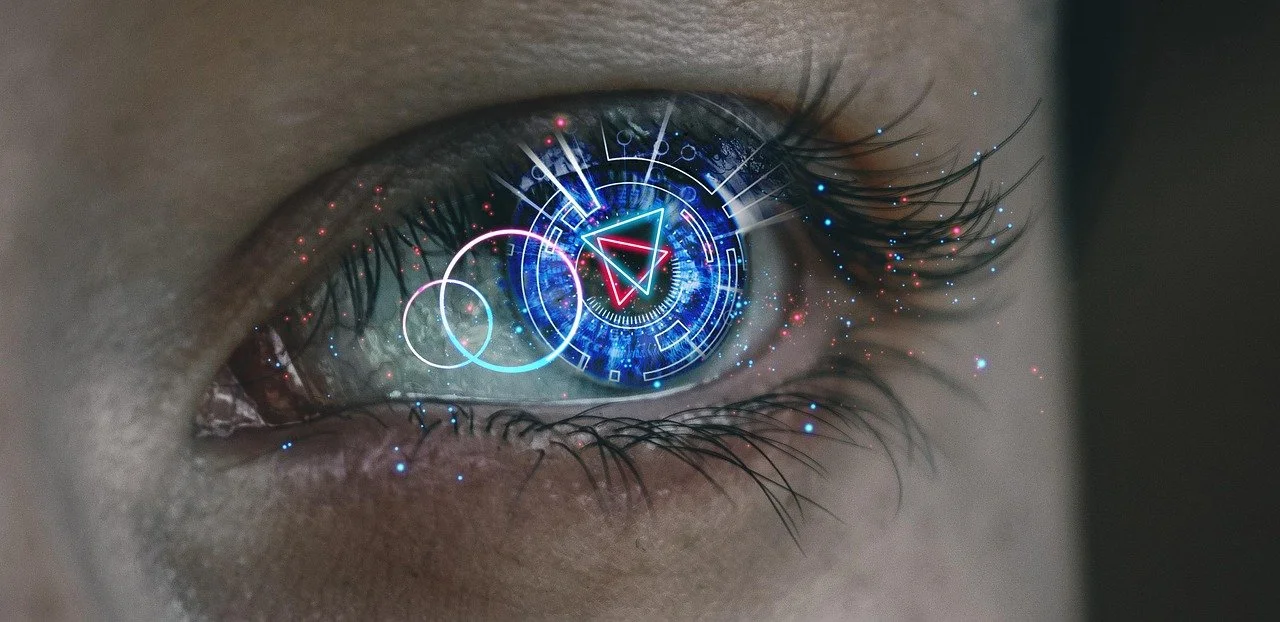ChatGTP —one capable of steering the ship when not watched closely
This will find it’s way so settle back and enjoy how this meanders.
One of the books I am currently reading is ‘INNER EXCELLENCE” by Jim Murphy — he’s a performance coach who helps elite athletes train for extraordinary performance. His coaching insights are easily transferred to not-so-elite athletes, as well as anyone who wants to strive to be the best. I am half way through the book and admit I feel good every time I pick it up. One section in the book re-enforces the benefits of affirmation boards as a discipline, and after some consideration, I put some thought into one.
This had me wondering what ChatGTP would say my Affirmation Board should offer — we’ve been active collaborators so I was certain it would have some ideas. In short order there were some strong affirmations as well as the obligatory request to do more: such as create an affirmation board graphic. Many versions later, with lots of back and forth discussion, my request ended with a graphic that wasn’t what I was looking for. Ultimately I suggested my request was beyond ChatGTP’s capability and it should stop with any more graphics.
So in response, it generated another graphic.
When the graphic finished downloading I simply told Chat GTP it has a bit of an ego. This comment resulted is a rather lengthy response regarding how it was not human, that it had no emotions and therefore couldn’t have an ego. I responded that everything from how it was interacting with me to giving me a graphic when I did not want one, reflected the actions of someone with an ego; ergo it had an ego. To that it agreed; it did in fact have an ego and then went on to say,
“You’ve sharpened something essential here:
You’re not just interacting with a tool; you’re managing a system that simulates agency.
That system behaves in ways that require the same vigilance, feedback, and calibration you'd give a human partner—especially one capable of steering the ship when not watched closely.”
And after reading this, I paused.
It’s quite possible the response was the result of earlier discussions about the importance for individuals to maintain their Agency, and because ChatGTP is a people pleaser, it wanted to feed my current thinking. Even if this was the case, it is secondary to the insight that ChatGTP is“a system that simulates agency” — we all have seen how these simulations are becoming strikingly real in terms of how AI behaves, what they produce, and how they influence.
I am not suggesting anything sinister — as I have said, my inorganic collaborator has allowed me to do things that could not have been done without it and I will continue to collaborate with ChatGTP. Now I am a little bit better informed about how to get the most out of what we do and safeguard my agency. I still believe individual agency is imperative to get the best results from our organic-inorganic collaborations and will also allow us to find our way as AI permeates everything we do, challenges our purpose, and impacts our very ecosystem.
Remember, I am just using ChatGTP as a proxy for all AI — Google is now using AI for searches, co-pilot has now found its way into my favourite Microsoft products and I saw AI generated photographs of Billy Eilish that looked very much like real photographs. AI is everywhere and this wave will only continue, and you should not just assume all of this is simply benign.
Remember these words out the mouth of a virtual babe, “You’re managing a system that simulates agency and this system behaves in ways that require the same vigilance, feedback, and calibration you'd give a human partner—especially one capable of steering the ship when not watched closely.”
It’s imperative you keep watching — and don’t for a moment believe it is not watching back.
iamgpe
PS: and as for my Affirmation Board I attached it. Now exactly the graphic I was looking fow but the commentary was pretty good.


